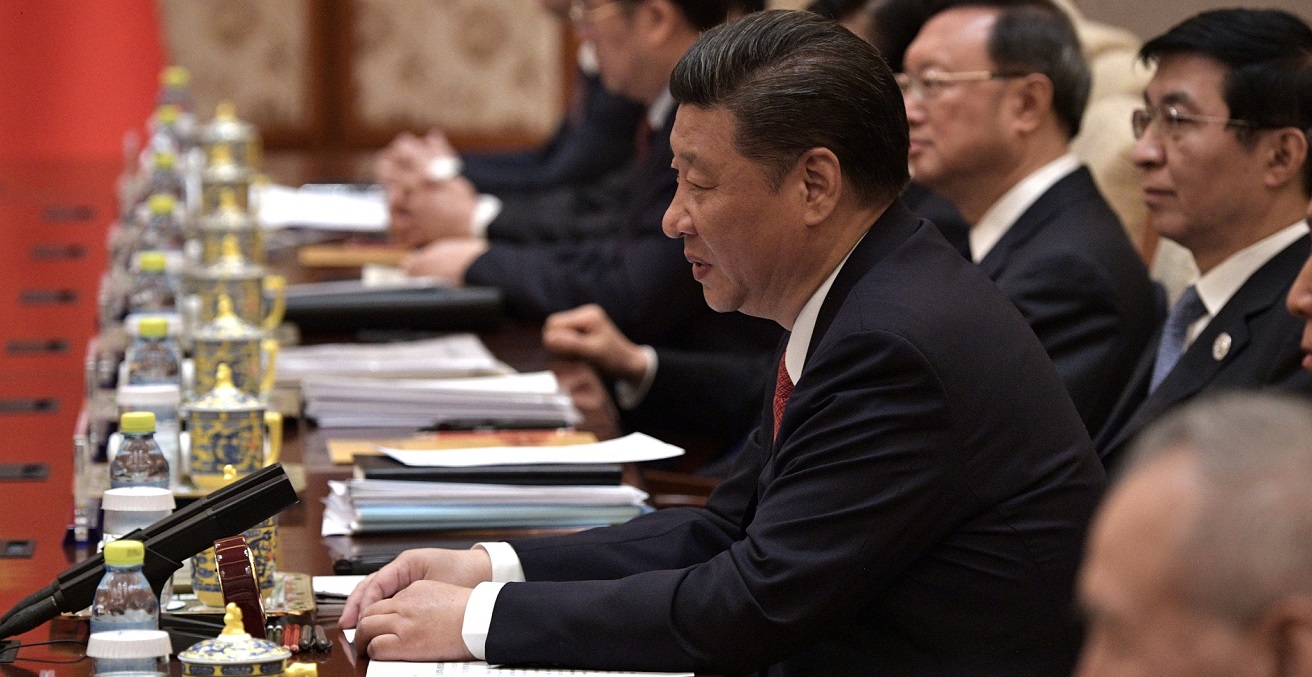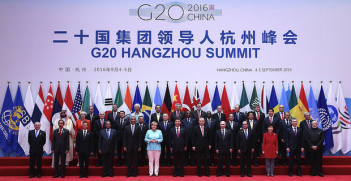Why China Should Join the Trans-Pacific Partnership

Back from the dead, the Trans-Pacific Partnership has acquired a new lease on life without Washington’s involvement. Now there’s more reason than ever why China’s membership would benefit everyone involved, including Beijing.
China has always responded with skepticism when asked about the Trans-Pacific Partnership (TPP). Viewing the US-led regional trade pact with suspicion, it has long considered it an attempt to contain growing Chinese regional influence and economic clout. Moreover, after Trump’s protectionist turn this year, it no-doubt thought—like many others—that the trade deal would fall apart, and that this would allow more room for Asian states to dictate the terms of economic integration in the region.
These perceptions have been emphasised by the solid progress China has made on the alternative, the Regional Comprehensive Economic Partnership (RCEP). With the US on the back foot, and geopolitical events favouring China’s rise, 2017 incidentally marked a tipping point, where the country moved from a global follower to a global leader. However, after a long campaign spearheaded by the Japanese, the remaining TPP-11 nations managed to revive the deal as the Comprehensive and Progressive TPP (CPTPP) and will sign the agreement in Chile next month. Without a bold move on China’s part, this could check its regional ambitions.
One of China’s central objections to the TPP was its hesitations with Western concepts of commercial fairness. The inclusion of protections on intellectual property (IP) for instance—particularly on pharmaceuticals and technology—was enough to preclude Chinese involvement by itself. However, following the US departure, the biggest voice for these kinds of protections has vanished and with it, so has the impetus for the remaining nations. Many of the nations only agreed in order to gain greater access to the huge US market.
Moreover, America’s withdrawal leaves the trade pact without a single huge market, providing motivation for the remaining members to seek a replacement. This provides China with not only the leverage to join, but also the motivation to reshape the existing rules in its favour.
Until now, China has been pushing the alternative RCEP and while it has made some progress, a side-by-side comparison of the clauses shows that the deal is not nearly as lucrative. Although this alone is incentive enough for Chinese entry, further enticement is provided by the presence of the Latin American nations in the deal, a presence RCEP rival lacks. In recent times, the Western hemisphere has seen a great deal of Chinese investment, concurrent with China’s rise as a global power. By engaging with the 11 states that are part of the CPTPP framework, China would make further inroads into territory formerly considered a domain under US hegemony.
This would achieve two things. First, in South America it encroaches upon the Monroe Doctrine, which has set the agenda for engagement with the Western hemisphere for almost two centuries. Second, in Asia it strengthens its own version of that doctrine, the Island Chain Strategy. This could not come at a better time; the staggering disengagement with the international community displayed so far by the Trump presidency, and the antagonistic tone it has taken with the region implies that these strategies could go predominantly unchecked for at least the next half-decade.
Last year proved to be a very successful 12 months for China. Its rise on the international stage was marked by its joint-leadership position in the Paris Agreement and subsequent solidarity with the European Union despite the US exit. In addition, it established its first overseas military base in Djibouti to expand its influence abroad. It also showed remarkable skill in getting the Philippines onboard with its project in the South China Sea, despite the International Court of Justice ruling in favour of the latter. These small successes show that China now has the capacity to take the lead on significant issues, not just in East Asia but globally.
This, when combined with Chinese President Xi Jinping’s ambitious Five Year Plan and his announcement of China’s intentions to take on a leadership role at the recent 19th Communist Party Congress, shows that it not only has the capacity, but the will to forge a new destiny. Japan’s initiative in leading the new CPTPP will hamper Chinese regional and global trade efforts if a final agreement is reached, locking it out of economic benefits and providing other members with less incentive to join RCEP. Missing this opportunity will not only slow China’s attempts to take the lead, but other regional powers may start to question its ability to do so.
This is not to mention that even if an RCEP deal is concluded, China won’t have the same access to Latin America provided by the CPTPP, missing this once-in-a-lifetime opportunity to take advantage of the US step-back on the global stage. The Free Trade Area of the Asia-Pacific (FTAAP), an Asia-Pacific Economic Cooperation (APEC) forum initiative which envisions broader cooperation between pacific-rim nations, does provide the opportunity to engage with Latin America, but its daunting complexity combined with the presence of so many actors with diverse and often opposing interests have forced experts to declare it dead-on-arrival.
Lastly, even if China joins and is out-manoeuvred in its endeavour to change the clauses regarding IP protections, it is clear that China has reached a turning point in its development that will make those clauses very attractive to it in the near future. Its burgeoning leadership position in technology may well force its industries—particularly its emergent electric car market and flourishing Shenzhen tech hub—to demand the same protections its Western counterparts now receive.
Axel Doffey and Hanley Foster are both Masters students at Leiden University in the Netherlands studying international relations and diplomacy.
This article is published under a Creative Commons Licence and may be republished with attribution.





